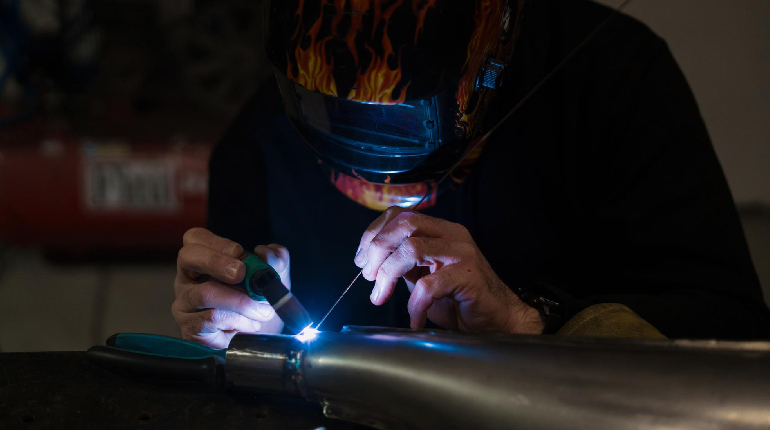Laser micromachining and Laser welding for polymer materials: an alternative where shifting to its use & replacement is aided by the properties and benefits of the technology. Lasers stand for light amplification stimulated emission radiation. Optical fibre manufacturing: These technologies are increasingly finding use as the exploitation of the electromagnetic spectrum, a form of radiation results that is precise, enables the direction of energy too thin material, is efficient, and is not overly damaging. Besides its precision, the thermal effects generated are not overly destructive or deformative for the weldment. Laser welding thus leads to finding widespread applications for polymers. The technology is replacing traditional methods of welding. Lasers such as the UV nanosecond laser and Laser welding complement the properties of polymers, enabling the combination of polymer material weldments that are precise, clean, high quality, durable and long-lasting.
Laser technology is thus slowly emerging and leading to transformative impact and change within economies. For polymer and plastic welding, the application of laser technology and laser welding shows benefits and improvements compared to traditional methods of welding. Currently, plastic welding generally utilises the operation of lasers with ratings up to approximately 300 watts.
Traditional non-laser method: Description of how laser technology replaced the technique:
Adhesive bonding: When compared to adhesive bonding laser technology
Ultrasound: Neodymium-doped yttrium aluminium garnet lasers find applications for plastics.
Vibration welding: Laser diodes are utilised for plastic technology.
Hot gas welding Fibre lasers are the fourth available technology for moulding and working on plastics.
Benefits of laser technology for welding Polymers:
Highly concentrated source of energy: The heat energy transferred by the Laser is eminently more precise and less prone to variations. This property enables better welding quality and the general welding process.
Increased precision: The Laser’s precision enables a technology to create small, intricate welds with the requisite high accuracy. The thermal effect (heat-affected zone) on the weldment is relatively less compared to other methods, which enables distortion and waste to be kept to the minimum levels compared to traditional welding methods—high—power femtosecond laser: a provision for laser-based laser manufacturing.
Speed: Laser technology applications show increased weld speeds compared to other traditional methods. The increase in weld speed is recorded as 5 to 10 times faster for various welding applications.
Cleaner for applications: Lasers typically produce less waste during welding, depending on the correct application and other factors.
Adaptability/versatility: Laser technology enables modification/variation of the power and the form of the oscillation.
Ease of use: The learning curve for operators, firms/businesses is less steep.
Lower deformation/error rates: Laser plastic welding reportedly has lower deformation/error rates. The planned schematic vs. the weldment tends to have fewer errors.
Conclusion: Laser beam micromachining and laser welding for plastic polymers are inevitably leading to a shift from traditional to laser technologies. Laser for polymer welding replaces several conventional methods due to its apparent benefits for the welding process. By replacing traditional methods, firms and businesses can benefit tremendously from laser welding for polymers and plastics.

